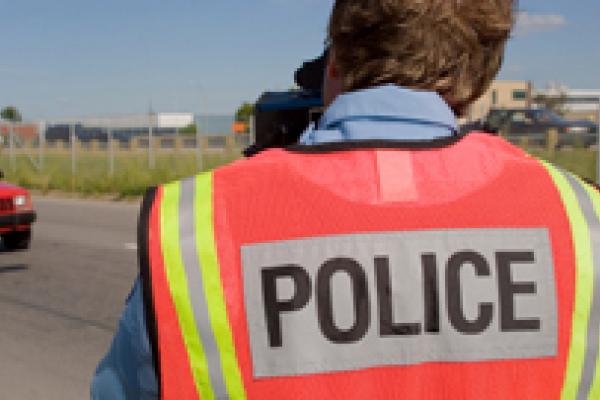
Enforcement
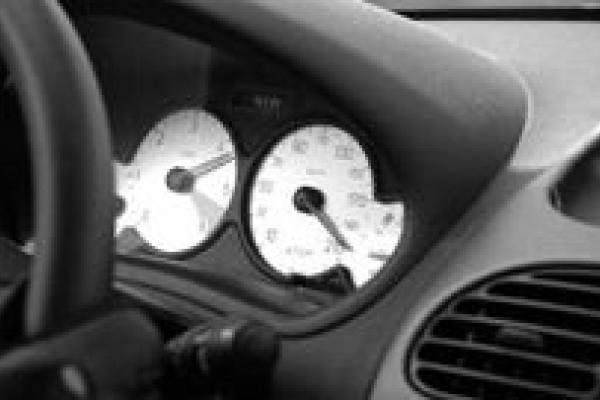
Driving at excessive or inappropriate speed is a major threat to safety on the road. It is
estimated that 10 to 15% of all crashes and 30% of all fatal crashes are the direct result
of speeding or inappropriate speed.
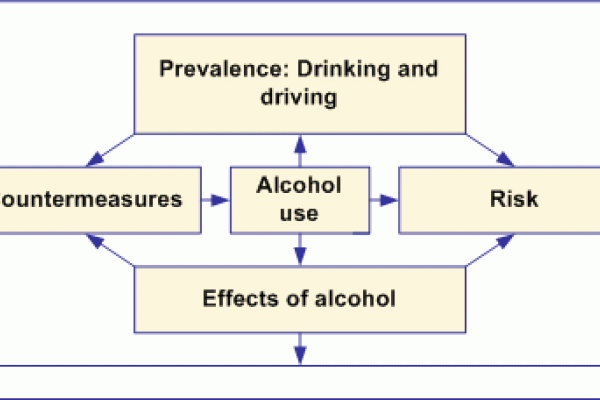
Impairment due to alcohol and/or drugs is a major cause of motor
vehicle crashes worldwide. Alcohol, illegal drugs and various prescribed
drugs (medicines) impair driver's functional capabilities which leads to increased crash risk.

Children are particularly vulnerable. Each year, more than 700 children under the age of 15 are killed on European roads and 100 000 are injured.
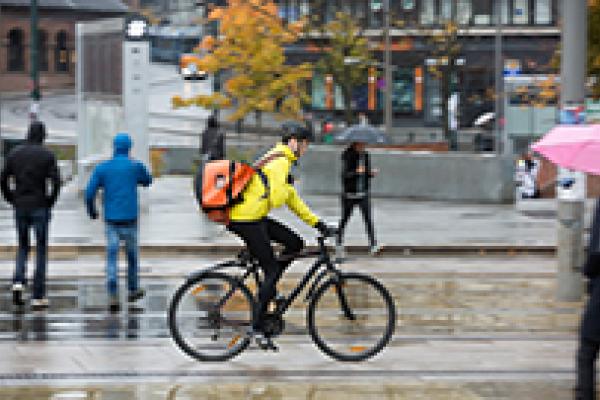
Cyclists are vulnerable in traffic and constitute the only road user group in the EU where the number of fatalities has not declined since 2010.

As the population ages, the percentage of elderly drivers increases. While there are no special traffic rules for older drivers, their reduced physical abilities require them to be especially careful.
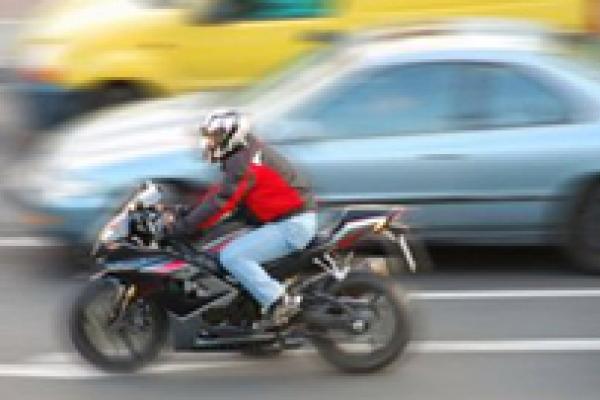
A motorcycle is defined as “two- or three-wheeled vehicles with or without a sidecar”. Motorcycles play an important role in traffic in European countries.
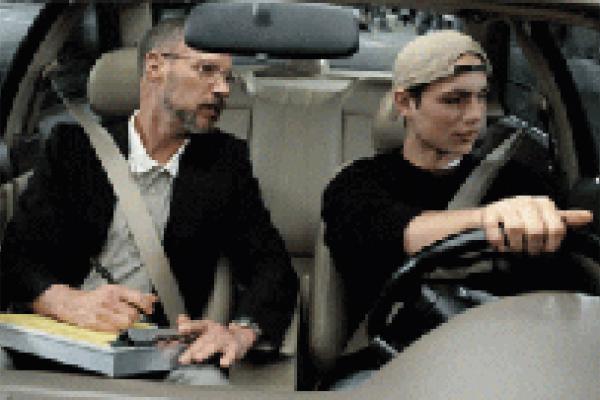
Young novice drivers are over-represented in crashes. This
is true for all developed nations with mass motorization in which young people mostly start to drive as soon as they have reached the age limit for learning to drive.

Pedestrians are vulnerable road users and suffer the most severe consequences in collisions with other road users, because they are unprotected against the speed and mass of the crash opponent.
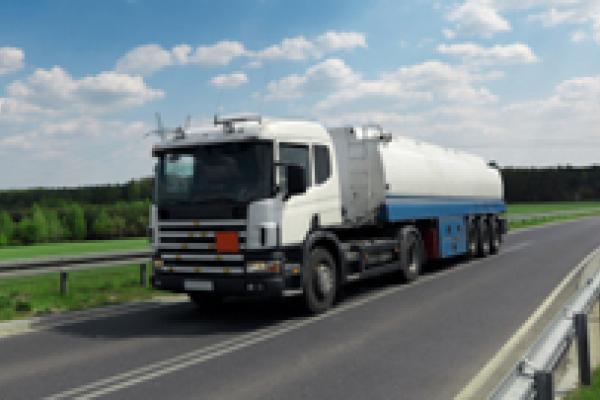
Professional drivers of an HGV or a bus must have a driver licence C and D respectively and a certificate of professional competence (Code 95) which needs to be renewed every 5 years. Many professional HGV and bus drivers work under tight time constraints, at irregular hours, and with long days.
Priorities - Safe road use - Archive
